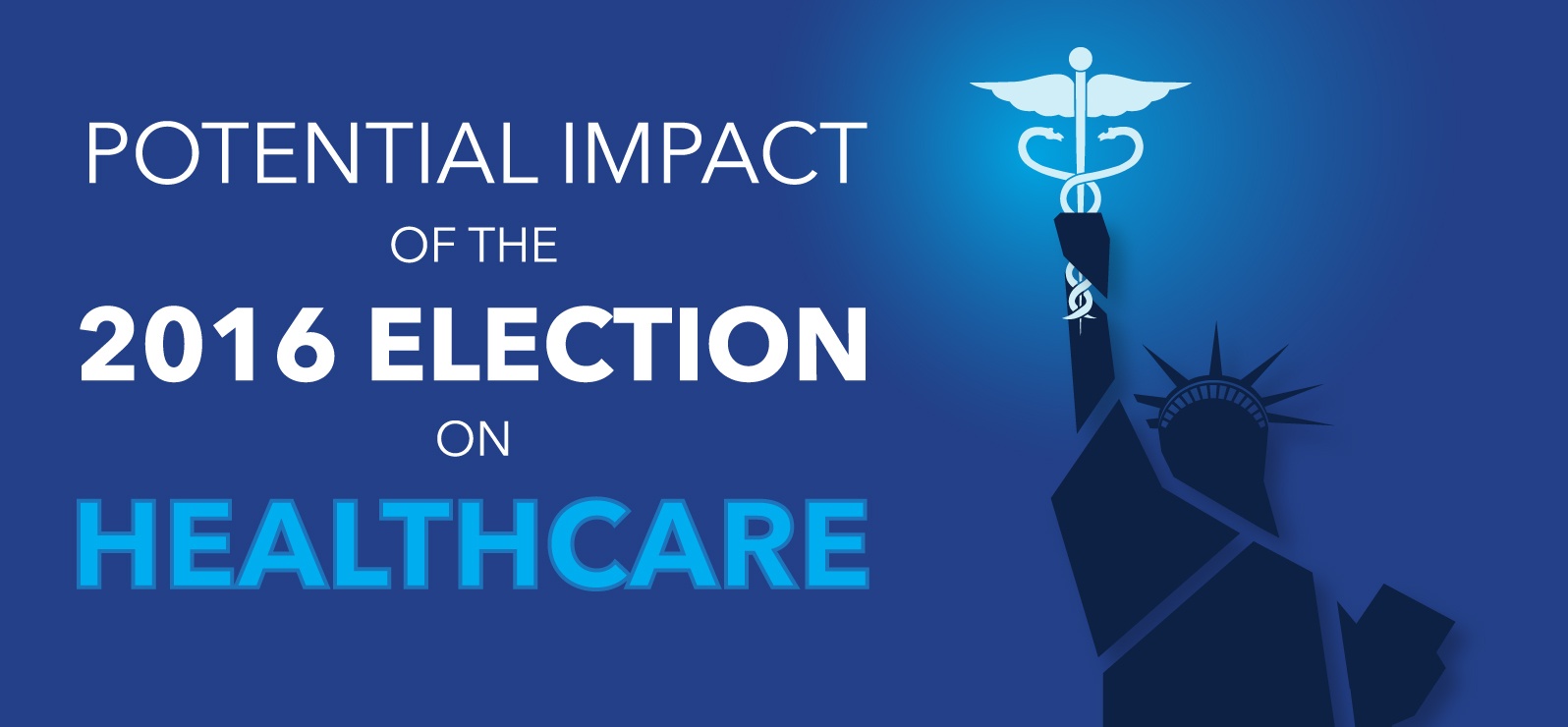
Overview
To no one’s surprise, the outcome of the recent general election has prompted many questions about the future of the Affordable Care Act (ACA). With Donald Trump as President-elect and the Republicans earning the majority in both houses of Congress, political conditions now favor the Trump Administration when they begin to implement healthcare policy objectives.
Both President-elect Trump and Speaker Paul Ryan have outlined their healthcare policy proposals and both are likely to have an impact on employer sponsored healthcare benefits. Following is a recap of the main components of President-elect Trump's proposals, as well as the policies outlined in Speaker Ryan's "A Better Way" proposals.
President-elect Trump's Healthcare Policy Initiatives
President-elect Trump's stated healthcare policy initiatives have seven main components:
- Repeal the ACA (in total and as soon as possible)
- Allow sale of health insurance across state lines
- Allow individuals to fully deduct health insurance premium payments from their tax returns
- Allow individuals to use health savings accounts (HSAs) in a more robust way than regulation currently allows.
- Specifically, allowing HSAs to be part of an individual's estate and allowing HSA funds to be spent by any member of the account owner's family.
- Require price transparency from all healthcare providers
- Block-grant Medicaid to the states
- Removal of barriers to entry into the free market for the pharmaceutical industry, including allowing American consumers access to imported drug
Speaker Paul Ryan's "A Better Way" Proposal
The core tenet of Speaker Ryan's “A Better Way” proposal is to tax group health benefits and replace it with a personal income tax credit for health insurance (approximately $2,600 individual/$5,400 family). Additional stated components include:
- Repeal the ACA
- Expand consumer choice through consumer-directed health care
- Support portable coverage
- Cap the employer-sponsored insurance tax exclusion for individuals
- Allow sale of health insurance across state lines
- Allow small businesses to band together an offer "association health plans" or AHPs
- Preserve employer wellness programs
- Ensure that self-insured employer sponsored group health coverage has robust access to stop-loss coverage by ensuring stop-loss coverage is not classified as group health insurance. This provision would also remove the ACA's Cadillac tax.
- Enact medical liability reform by implementing caps on non-economic damages in medical malpractice lawsuits and limiting contingency fees charged by plaintiff's attorneys.
- Address competition in insurance markets by charging the Government Accountability Office (GAO) to study the advantages and disadvantages of removing the limited McCarran-Ferguson antitrust exemption for health insurance carriers to increase competition and lower prices
- Provide a range of patient protections, including
- continuing pre-existing condition protections,
- allowing dependents to stay on their parents' plans until age 26,
- continuing the prohibitions on rescissions of coverage,
- allowing cost limitations on older Americans' plans to be based on a five to one ratio,
- providing for state innovation grants, and
- dedicated funding to high risk pools
Future of ACA
President-elect Trump and Speaker Ryan have not given any indication on how comprehensive an ACA repeal would be, or how quickly action would be taken. Any repeal would require bipartisan support.
It remains to be seen if any of these proposals will be enacted, but with a Republican President and a Republican-controlled Congress, some level of change to current healthcare policies is expected.



